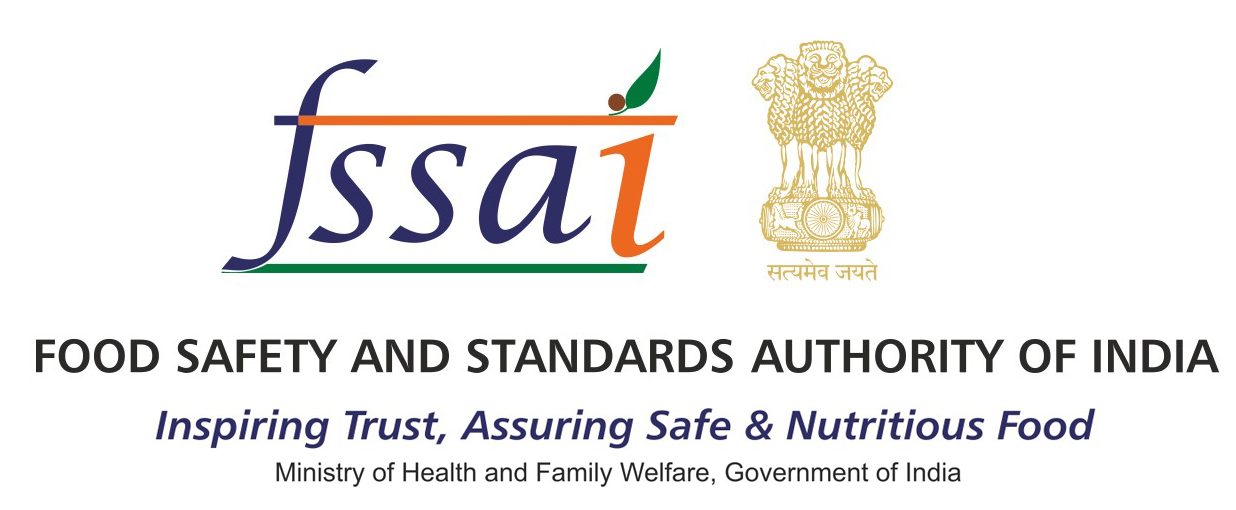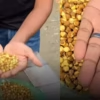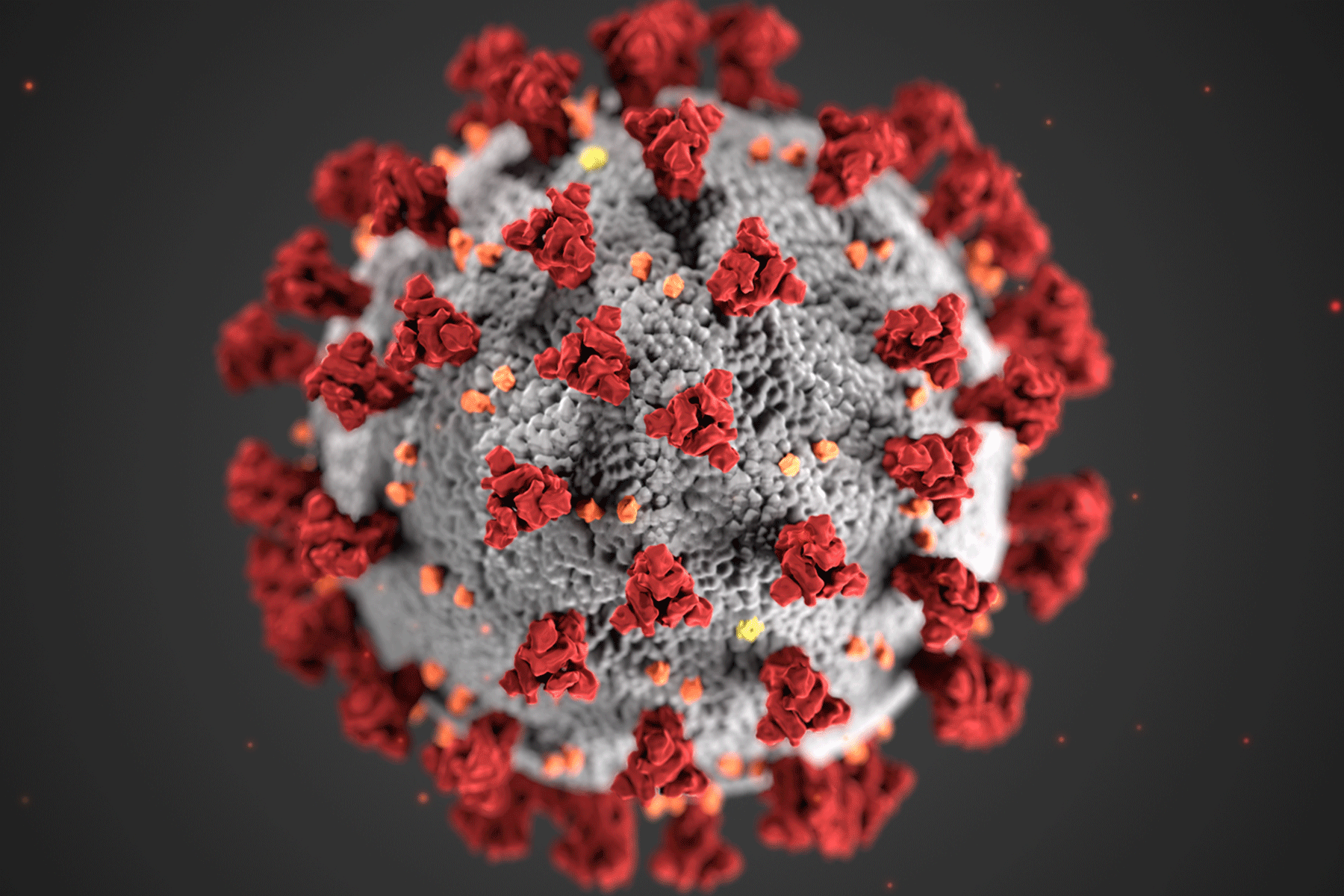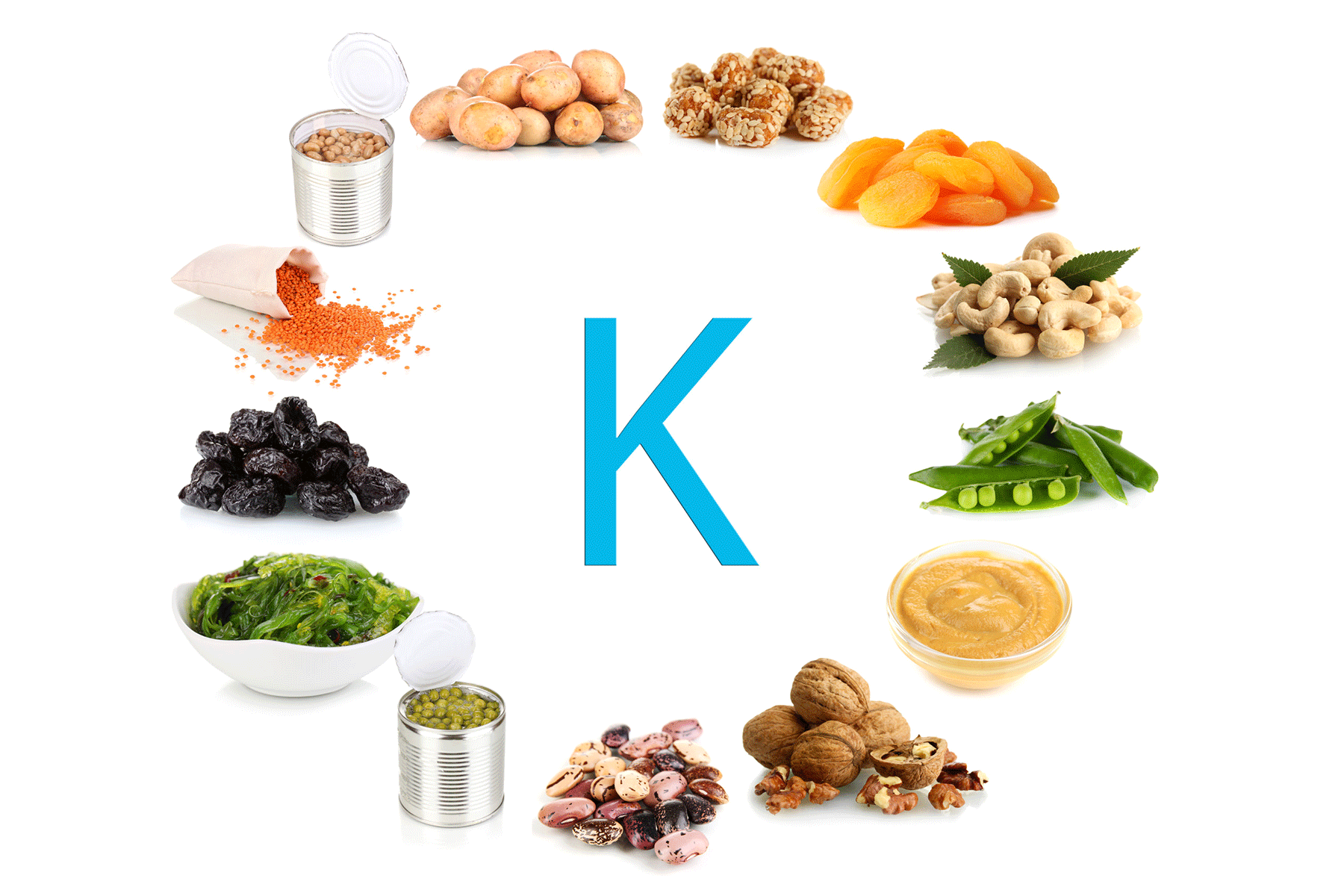 Food Manifest
Food Manifest
The house of resource for food safety.
sunset yellow
- Home
- sunset yellow
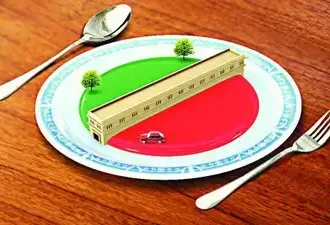
FDA Goa Seizes Adulterated Jaggery and Shuts Down Fake Paneer Unit0
- A to Z, Food Hygiene, Food Safety, News
- September 1, 2025
Key Development FDA (Food and Drugs Administration )officers in Goa recently uncovered major cases of food adulteration during recent inspections. At the Mollem border, they seized a vehicle carrying unlabeled sugarcane jaggery. Laboratory tests confirmed the jaggery contained 17.48 mg/kg of Sunset Yellow and 62.67 mg/kg of Tartrazine—both synthetic colours banned in jaggery. “Manufacturers added
READ MORE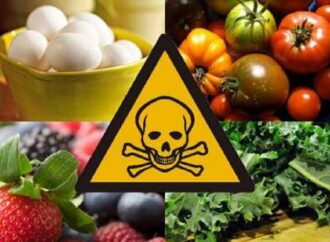
Kerala Spiced with Poison?0
- A to Z, Food Hygiene, Food Safety, General, Health & Wellness, News
- August 18, 2025
Key Update The Food Safety Commissionerate in Kerala detected dangerous levels of chemicals in food samples collected between April 2024 and March 2025. Tests revealed artificial food colours, pesticides, preservatives, and contaminants. Some foods contained pesticide residues more than 3500% above the permitted limit, raising serious health concerns. Industrial Dyes and Carcinogens Found in Common
READ MORE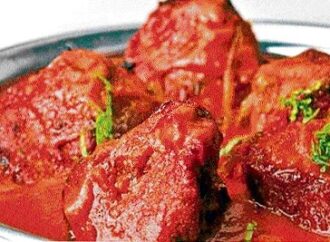
Empire Restaurants Drop Synthetic Colour from Kebab Marinade0
- A to Z, Event, Food Hygiene, Food Safety, Health & Wellness, News
- August 4, 2025
Key Development The Empire Group of Restaurants has stopped using the synthetic food colour Sunset Yellow FCF in its kebab marinade. The decision follows a notice from the Food Safety and Standards Authority of India (FSSAI) on the use of synthetic colours in food. Although FSSAI approves Sunset Yellow FCF and it remains widely
READ MORE

Empire Restaurant in Benagluru Faces Trouble as Tests Confirm Banned Food Colours0
- A to Z, Event, Food Hygiene, Food Safety, Health & Wellness, News
- July 30, 2025
Key Development Bengaluru’s popular Empire restaurant chain, already under the scanner for serving unsafe chicken kebabs, now faces deeper scrutiny as lab reports confirm the presence of banned food colours in its dishes. The State Food Laboratory has found Sunset Yellow—a synthetic food dye banned in kebabs by the Karnataka government—in samples collected from multiple
READ MORE
Court Fines Jaggery Seller ₹1 Lakh for Illegal Artificial Colors0
- A to Z, Food Hygiene, Food Safety, Health & Wellness, News
- May 29, 2025
Overview The Thamarassery Judicial First Class Magistrate Court fined Shalimar Traders ₹1 lakh and sentenced its manager to imprisonment until the next hearing for selling jaggery mixed with unauthorised artificial colours, Sunset Yellow and Tartrazine. Judge T. Faiz delivered the verdict, while Assistant Public Prosecutor Jeffry George Joseph represented the prosecution. Food Safety Officials Detect
READ MORE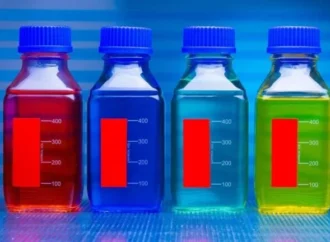
Artificial Food Dyes Still in Use Despite Karnataka’s Ban0
- Food Hygiene, Food Safety, Health & Wellness, News
- March 11, 2025
Report In March 2024, the Karnataka government imposed a ban on harmful artificial dyes in foods like manchurian, kebabs, and cotton candy to protect public health. However, a recent reality check reveals that brightly coloured food items are still widely available, raising concerns about the effectiveness of the ban. FDA Findings Reveal Unsafe Food In
READ MORE
Latest Posts
-
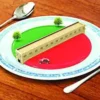
-
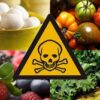
Kerala Spiced with Poison?
- A to Z, Food Hygiene, Food Safety, General, Health & Wellness, News
- August 18, 2025
-
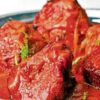
-

-

